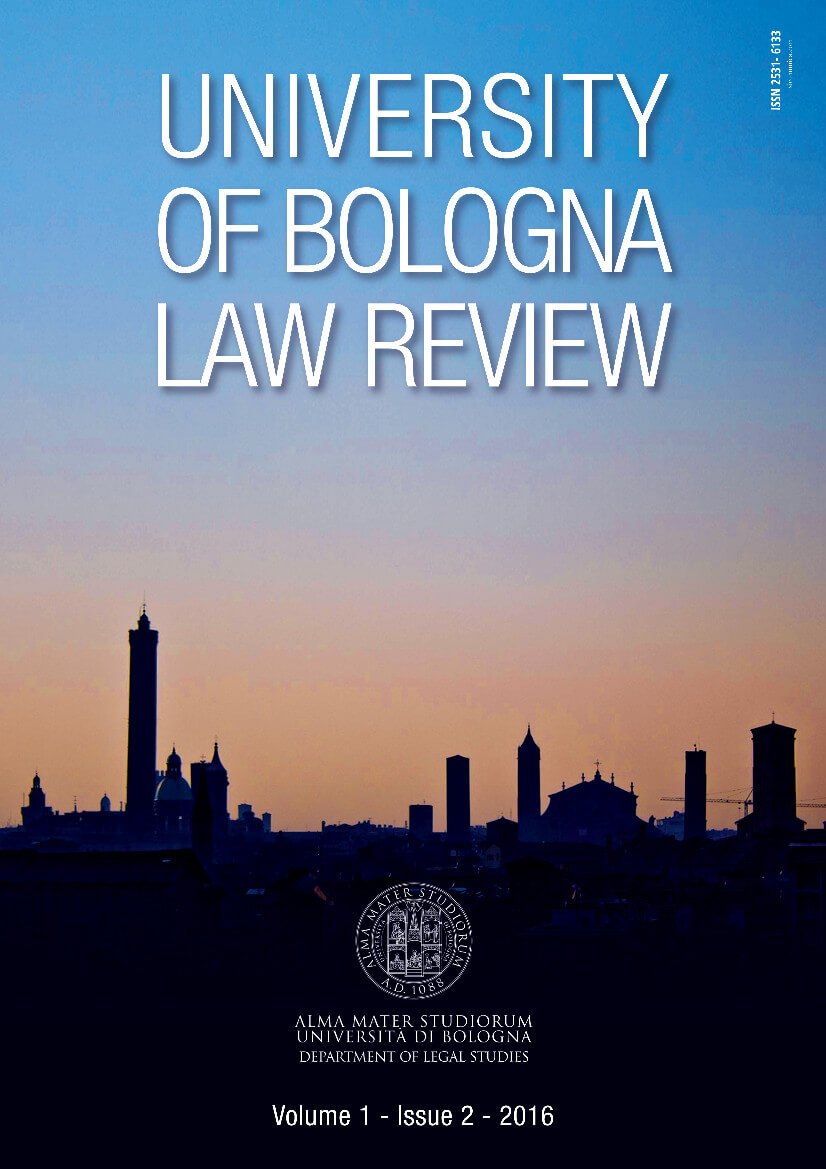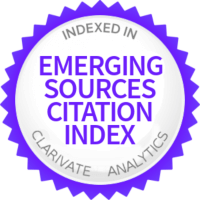The Messianic in the Law: Rule, Exception, Health and the Emancipatory Potential of the Legal Maxim Salus Populi Suprema Lex Esto
DOI:
https://doi.org/10.6092/issn.2531-6133/6361Keywords:
Constitutional Theory, Legal History, Law and Literature, Political Theology, Law and Health, Jurisprudence, The Nomos, BiopoliticsAbstract
The following article discusses the contradictory relationship between the concepts of the messianic and the law, and reconciles this in a critical interpretation of the legal maxim salus populi suprema lex esto. After discussing the concepts of the messianic, the law and the exception in the thought of Carl Schmitt, Walter Benjamin, Judith Butler, and others, this essay argues that there is a messianic presence in the law traceable from classical myth (particularly the myth of the Fates and Asclepius) to the figure of Jesus, the Trinity, and into contemporary constitutional structures. Appearing most clearly in the legal maxim salus populi suprema lex esto, a genealogy of the maxim is undertaken. Distinguishing the concept of health and the figure of the healer from the concept of necessity and the nomos, and demonstrating how these manifest in the maxim's opposing (mutative and conservative) meanings, the modern history of the maxim is explored. Following this, and a discussion of the interrelation of the concepts of law, justice, and health, this essay concludes with a critical reinterpretation of the maxim, one that uncovers positive rights to water, food, housing, health care, and other conditions of health.Downloads
Download data is not yet available.
Downloads
Published
2016-12-02
How to Cite
Sperber, E. (2016). The Messianic in the Law: Rule, Exception, Health and the Emancipatory Potential of the Legal Maxim Salus Populi Suprema Lex Esto. University of Bologna Law Review, 1(2), 185–218. https://doi.org/10.6092/issn.2531-6133/6361
Issue
Section
Articles & Essays
License
Copyright (c) 2016 Elliot Sperber
The copyright of all the manuscripts on this journal belongs to the respective authors.
This journal is licensed under a Creative Commons Attribution 4.0 International License (full legal code).
See also our Open Access Policy.












